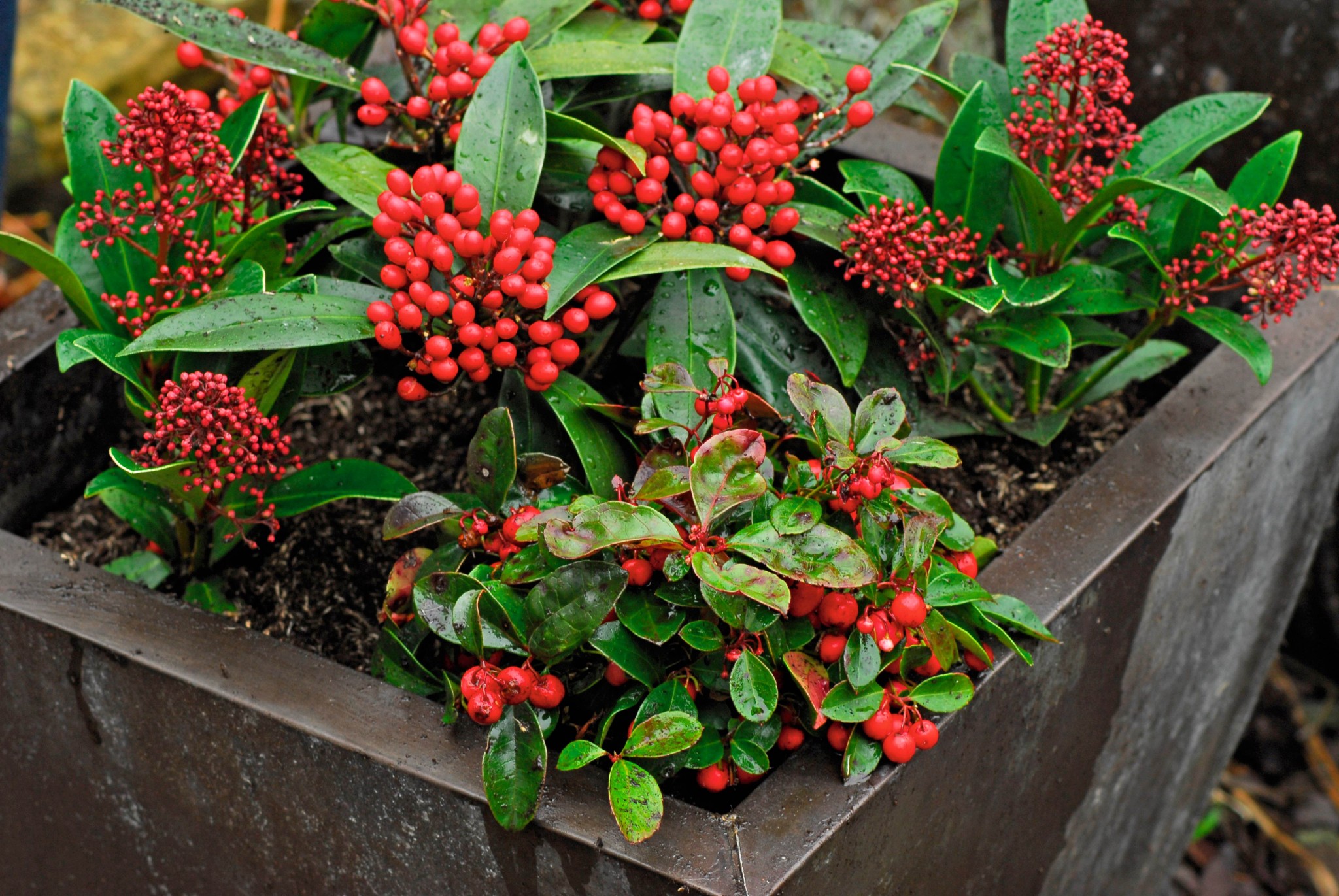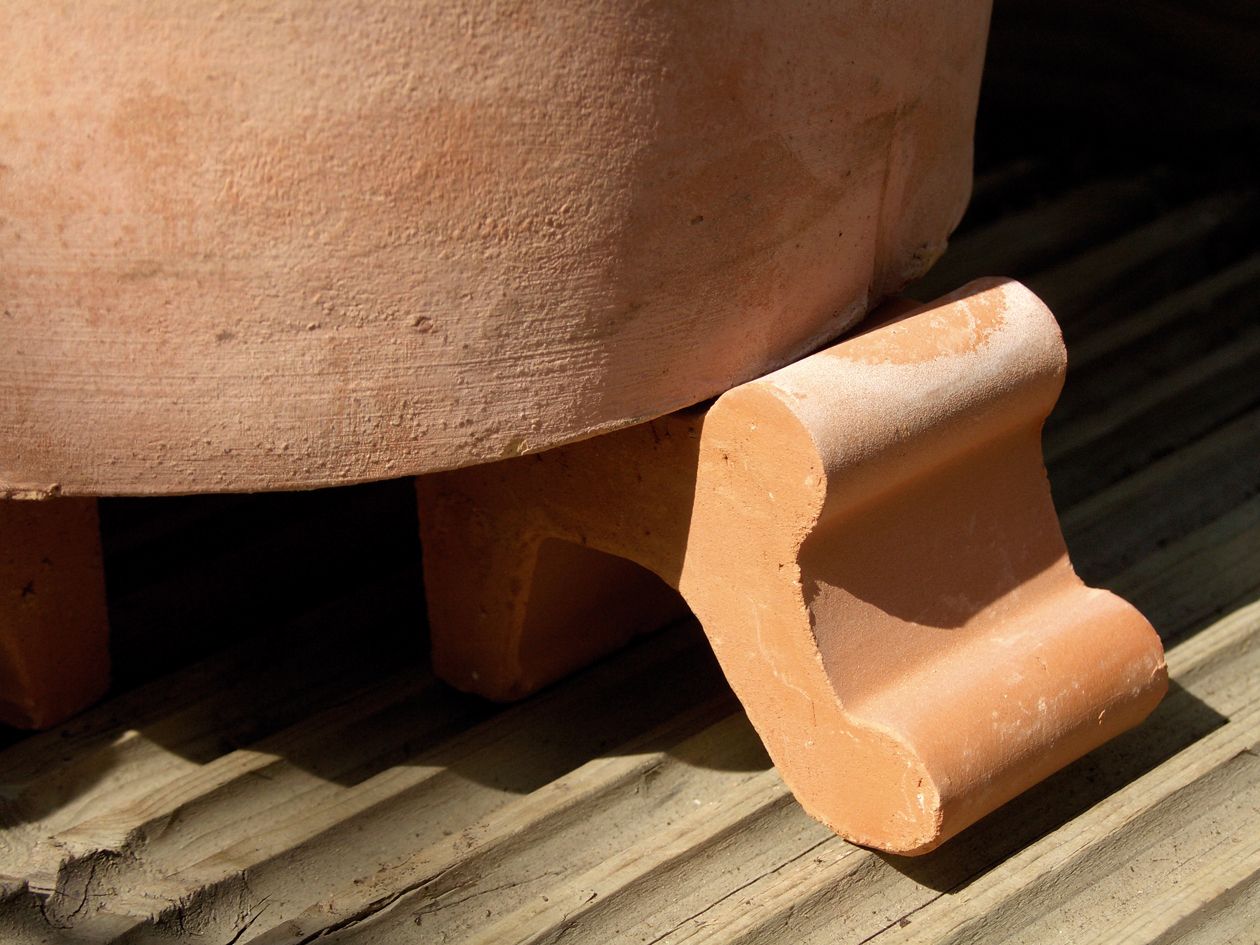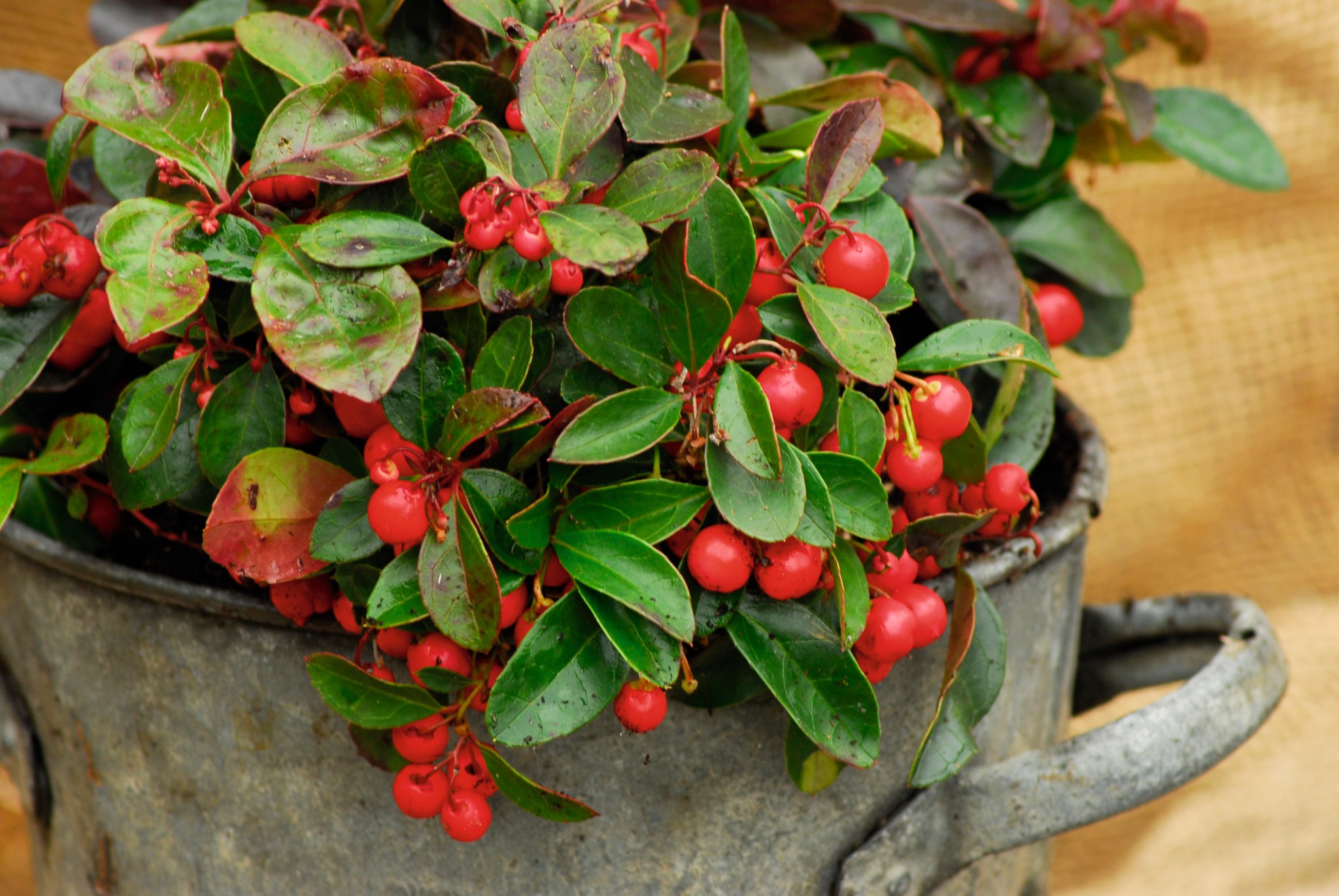Keep your planters close and your plants closer this winter, says Jean Vernon

With the winter about to hit full force, I’ve been contemplating the fate of my many garden planters. The greenhouse is already packed out with overwintering plants and pots of my less than hardy garden beauties. From scented pellies and fabulous fuchsias, to pots of kale, a whole raft of cuttings of all sorts, a few seedlings and my precious succulents, space is now at a premium and I know if we have a severely cold winter even my unheated glasshouse won’t save all of my plants. I need to make room for a few more pots and planters and put a few plant saving tricks into action. A few hours spent now, will make a huge difference to survival rates of many garden favourites. It’s time to get the rest of the pots under cover, many are planted with salvias, fuchsias, Melianthus and other plants that will survive a modicum of cold and then perish when the deep, cold winter weather kicks in. There needs to be some serious games of musical pots and fast.
Polystyrene mats
The root bound pots of agapanthus are the first to be huddled together under cover, wrapped around with bubble wrap and out of the wintry winds they will take their chances on the ground floor of a patio greenhouse that offers shelves of plant room for my many propagation projects. A polystyrene pizza base under each pot insulates the bottom of the pots from the cold, numbing chill of the ground beneath.

Precious terracotta pots are wheeled into the glasshouse by wheelbarrow, delivered to the door and then carefully unloaded into the protected stonewalled space. I don’t want the freeze thaw of winter to damage my feature pots and while the resin and plastic pots will survive outside provided they are not waterlogged, the terracotta and glazed planters, from past experience, can suffer in extreme cold, not to mention the plants inside. Pot feet or staggered bricks will raise the planters up off the floor and allow excess water to drain out. This is vital. Waterlogged pots are prone to cracking in the harsh winter cold and will fall apart as spring arrives.
Wicker baskets of begonias that are a mainstay of my summer displays are now hanging from hooks held high anywhere I can place them inside the greenhouse. The dead leaves and stems are carefully removed and the compost allowed to almost dry out. It’s easy enough to fasten a carrier bag or two over the top of the baskets and fill with straw or insulating material if the temperature threatens to drop too far into the depths, and there’s always a ream of horticultural fleece at the ready to cover, wrap and envelop pots, planters and baskets from the worst of the cold.
Sunshine and the promise of spring
Sunny winter days will still raise the temperature under glass to blush the plants with sunlight. It’s a delicate balance between keeping the cold at bay and allowing the plants to breathe, so plastic wrapping and too much molly coddling can result in the dreaded botrytis/grey mould. Auto vents will allow stale air to dissipate on warmer days, but otherwise regular checks are essential. Dead leaves and any affected plant material must be removed swiftly, but the minute spores will be released at the slightest touch and spread around to infect more tissue. Vigilance is the best option.

Without heating the glasshouse, (which seems an obscene waste of energy considering its single glazing and exposed position), the most tender and most precious plants, plus a few ‘fail safe’ cuttings must clutter up the house windowsills until spring to ensure that they live to grow and flower another year and fill the garden with colour and wonder.
But outside in the garden the winter berried stalwarts, like skimmia and gaultheria make fabulous seasonal displays that will endure the cold winter climes and continue to shine out on bleak winter days with their promise of life everlasting, bridging the gap between the dark and the light and offering the promise of spring. It’s the message behind our seasonal evergreen favourites such as holly and ivy and the perfect excuse to plant a winter container to bring some seasonal cheer.
Images: © Martin Mulchinock


